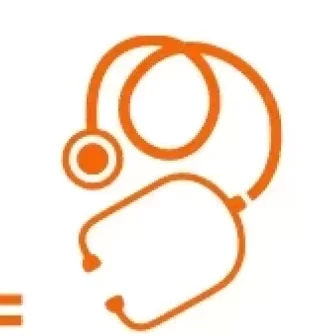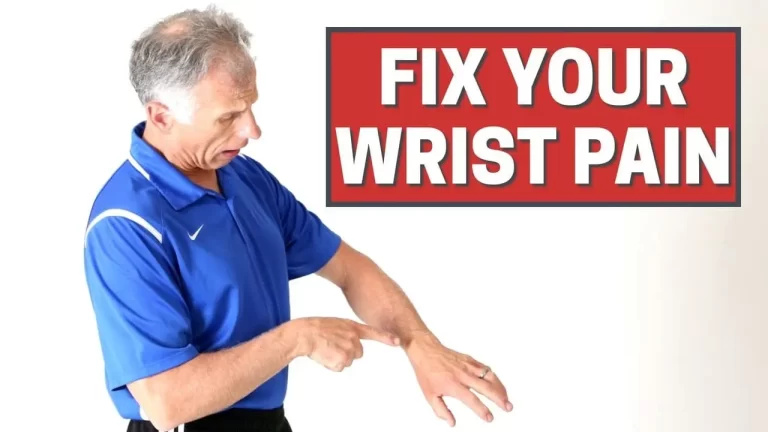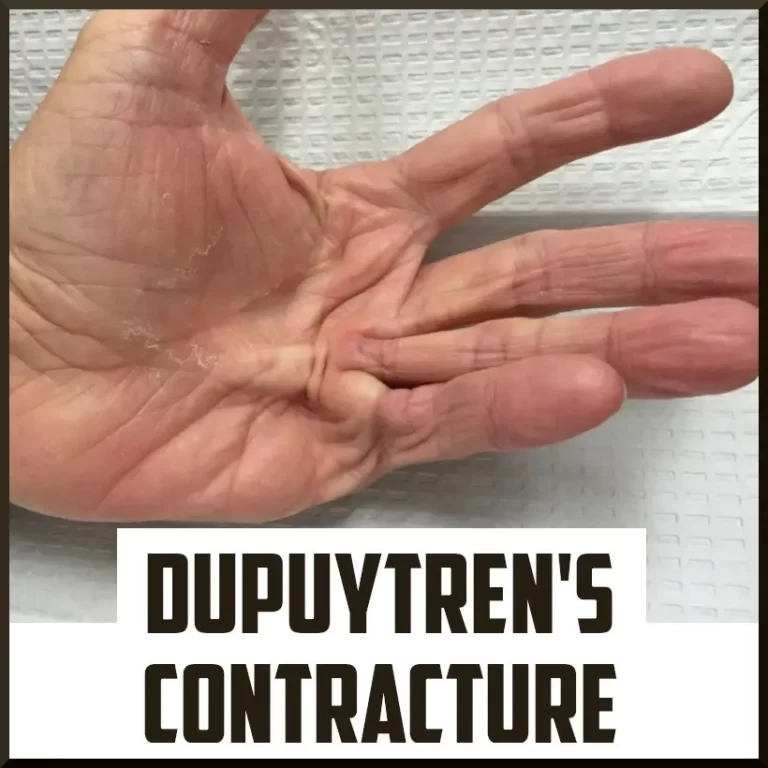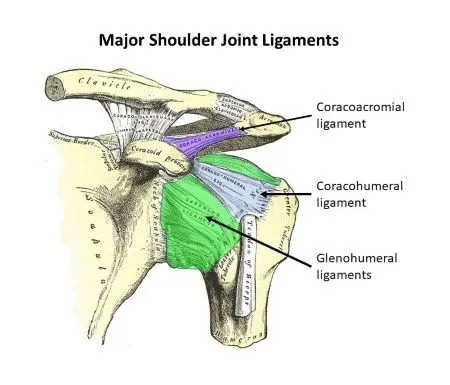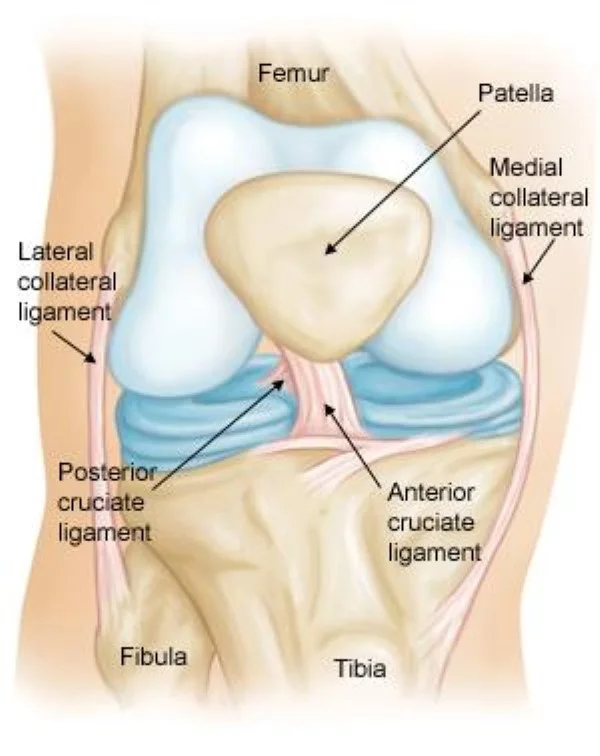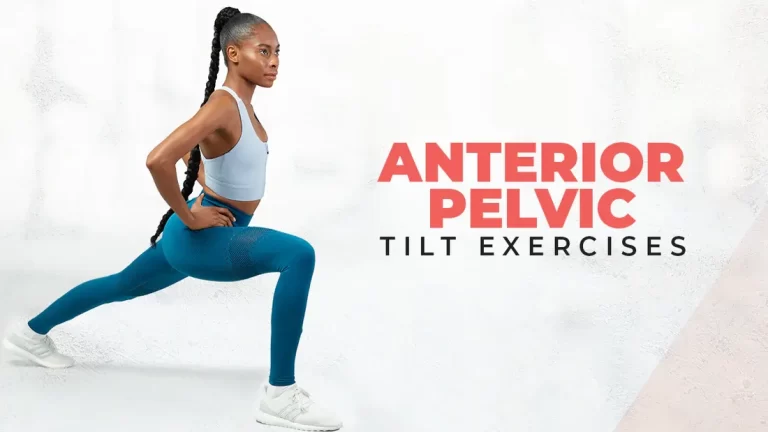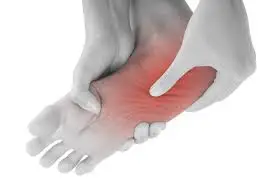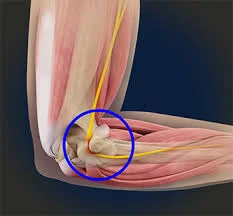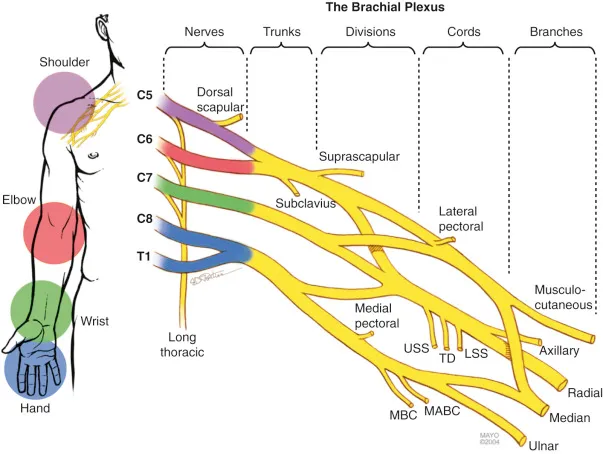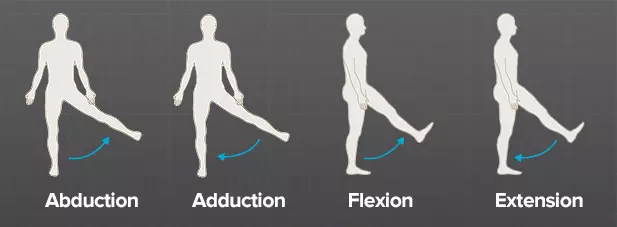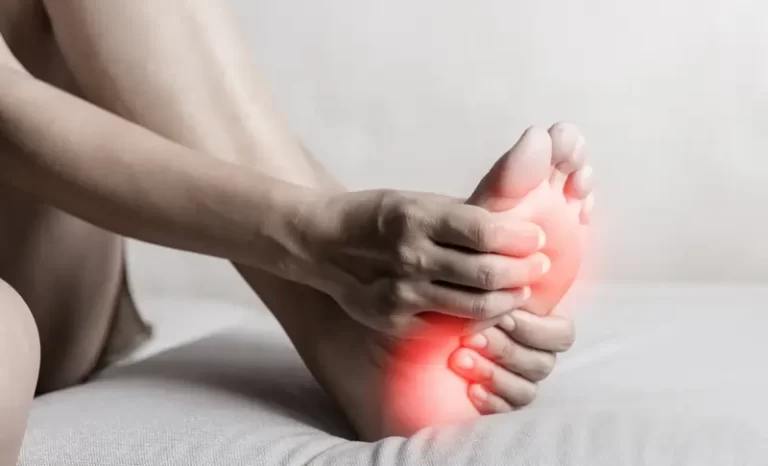14 Best Exercise For Wrist Sprain
A wrist sprain occurs when the ligaments supporting the wrist are stretched or torn, often due to a fall or sudden impact. Gentle exercises can aid recovery by improving mobility, strength, and flexibility. Always start with light movements and progress gradually to avoid further strain. Introduction: A wrist sprain happens when the wrist’s ligaments rupture…
